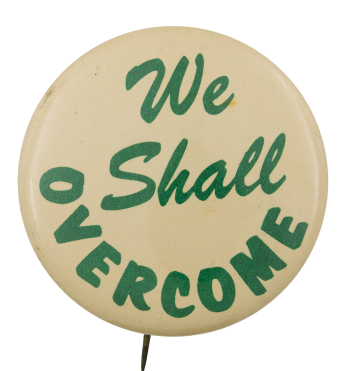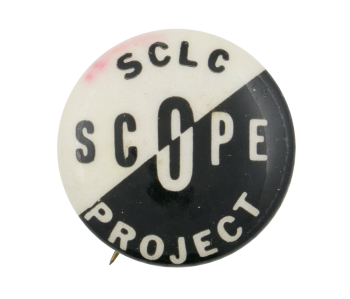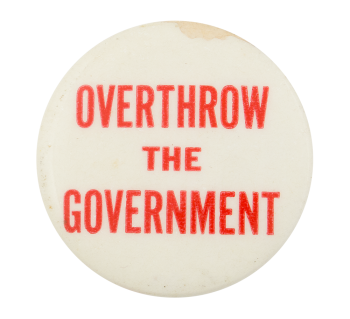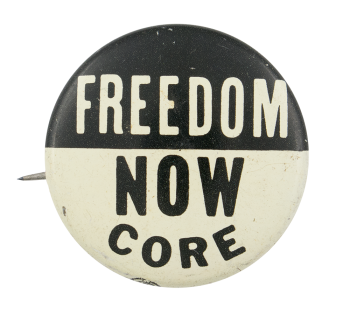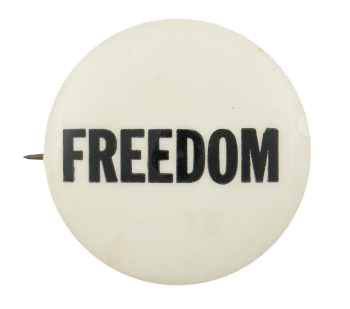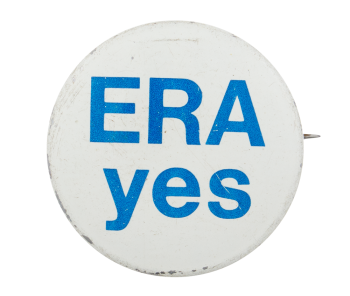We Shall Overcome
| Category | |
|---|---|
| Additional Images | |
| Sub Categories | |
| Text on Button | We Shall OVERCOME |
| Image Description | Green text on an off white background |
| Back Style | |
| The Shape | |
| The Size | |
| Additional Information | "We Shall Overcome" is a folk song popularized by Pete Seeger, adapted from a gospel song of the same name, which was itself adapted from a hymn from 1901 called "I'll Overcome Someday". The song became an anthem of the Civil Rights movement of the 1960s, becoming widely known after Seeger and other famous folk singers of the 1960s performed the song at rallies and folk festivals. Martin Luther King Jr. recited the lyrics to the song in his final sermon, in Memphis, on Sunday March 31, 1968. The song has now been adopted worldwide by a variety of political and social movements. |
| Sources |
Bobetsky, Victor (2014). "The complex ancestry of "We Shall Overcome"". Choral Journal. 57: 26–36. Stewart, Nikita. (2018, April 2). “I’ve Been to the Mountaintop," Dr. King’s last sermon annotated. New York Times. https://www.nytimes.com/interactive/2018/04/02/us/king-mlk-last-sermon-… |
| Catalog ID | CA0659 |

